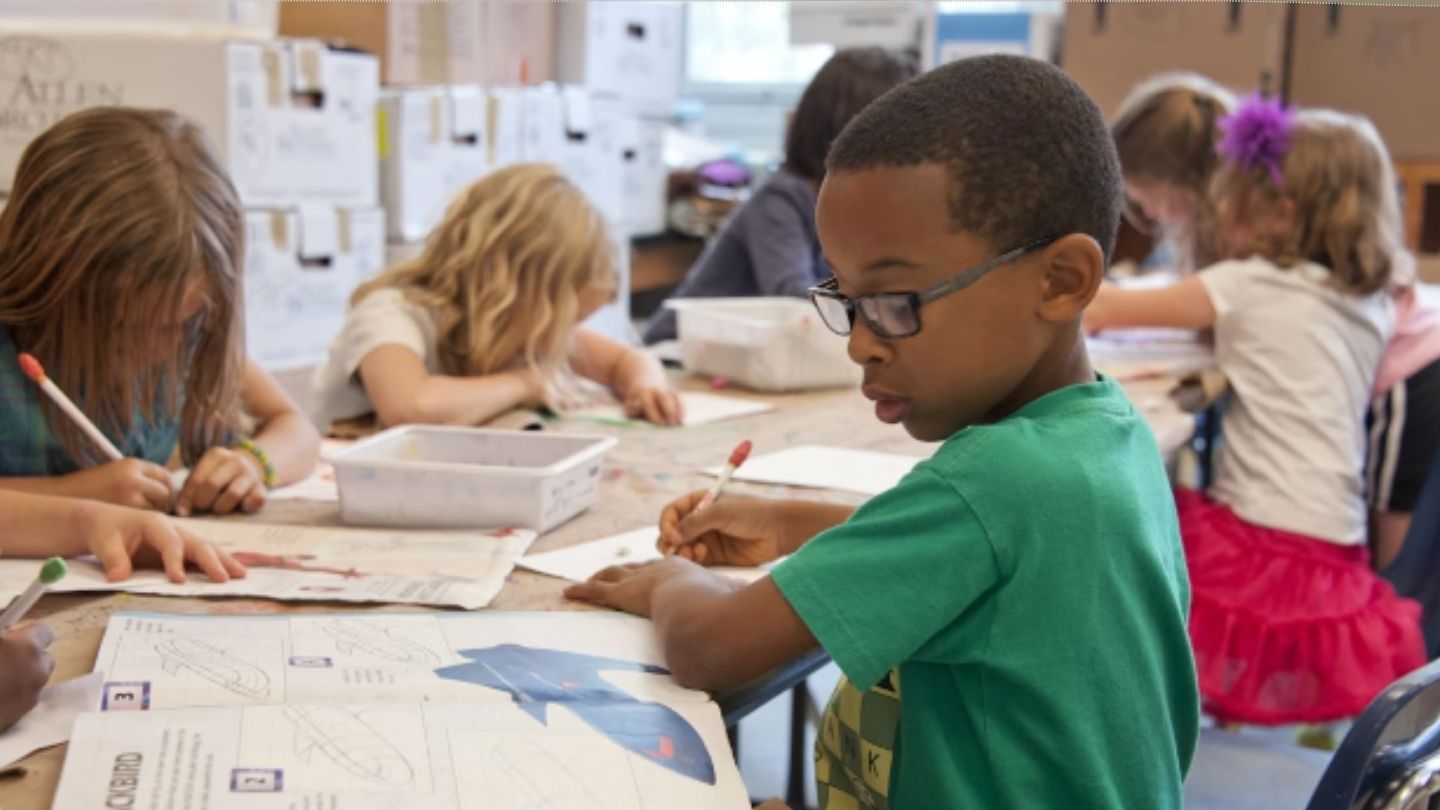
Education has changed a lot in the past decade. Gone are the days when schools focused only on textbooks and exams. Today, learning is about developing the whole child — emotionally, socially, and academically. But for many parents, understanding what their child is learning and why can feel overwhelming. Let’s break down what the modern school curriculum really means and how you can help your child make the most of it.
Understanding the Basics
A school curriculum is more than a list of subjects. It’s a complete plan that guides what students learn, how they learn it, and how their progress is measured. Every school follows national standards, but they often add their own programs to fit the needs of their students.
You’ll see core subjects like Math, Science, and English, but also newer areas such as Digital Literacy, Environmental Studies, and Personal Development. The goal is to prepare children for the real world, not just tests.
Curriculum design also depends on age. In primary school, lessons are focused on building curiosity and basic skills. By secondary school, subjects get more specialized and career-oriented. That’s why it’s important for parents to stay involved and understand what their child is learning each year.
Why Schools Use Different Programs
Not every school uses the same teaching methods. Some follow a traditional approach. Others adopt creative or technology-based programs. These differences are designed to meet varied learning styles.
For example, you might find project-based learning, where students work on real-life problems. There’s also experiential learning, where hands-on activities replace lectures. Some schools use international programs like the International Baccalaureate (IB) to give students a global perspective.
When you understand these programs, you can better support your child at home. If their school uses a digital or inquiry-based approach, encourage critical thinking through questions and discussions. If they’re working on practical projects, help them plan or find resources.
How to Get Involved as a Parent
Parental involvement plays a huge role in academic success. But involvement doesn’t just mean helping with homework. It’s about showing genuine interest in what your child is learning.
Start by attending curriculum meetings or parent-teacher conferences. Ask teachers about learning goals for the year and how progress is measured. Many schools also share curriculum guides or portals where parents can track lessons, assignments, and grades.
At home, create a study-friendly environment. Limit distractions, encourage regular breaks, and talk to your child about what they enjoyed or found difficult in class. Even small conversations can boost their confidence and motivation.
The Role of Technology in Learning
Technology now plays a big part in modern education. Tablets, laptops, and interactive tools make lessons more engaging and accessible. Many schools use online platforms for homework, quizzes, and research.
But balance is key. While technology helps students learn, too much screen time can affect focus. Encourage educational screen use and mix it with creative or active play.
Interestingly, learning and gaming are becoming more connected. Games now help kids develop problem-solving skills and teamwork. If you’re looking for affordable ways to introduce your child to this kind of learning, check out an Own4Less second-hand gaming device. It’s a budget-friendly way to explore interactive education through fun and play.
Supporting a Well-Rounded Education
Modern curriculums don’t just focus on academics. They include physical education, arts, mental health, and social skills. This holistic approach teaches children how to handle real-world challenges, not just pass exams.
Encourage balance in your child’s routine. Sports build teamwork. Music and art boost creativity. Volunteering teaches empathy and leadership. These experiences are just as valuable as grades.
If your child shows interest in a particular subject or hobby, nurture it. Schools often have clubs or extracurricular programs that can help them develop those passions further.
The Takeaway
Understanding the school curriculum doesn’t mean memorizing every subject outline. It’s about knowing how and why your child learns what they do and helping them connect classroom lessons with life.
Education isn’t one size fits all. Every child learns differently, and every program offers something unique. By staying involved, asking questions, and supporting curiosity at home, you’re helping build the foundation for lifelong learning.
And remember, learning doesn’t stop at school. Whether it’s reading together, exploring science experiments, or even using a second-hand gaming device for interactive lessons, there are endless ways to make education engaging and fun.
Final Thought
Stay curious with your child. Ask questions. Explore new ideas together. When parents and schools work as a team, education becomes more than a system, it becomes an adventure.
Disclaimer:
This article is for informational and educational purposes only. It does not promote or endorse any specific product, brand, or company. Parents and caregivers should evaluate educational tools or devices independently and ensure they are age-appropriate and used under supervision. The mention of “Own4Less” is for illustrative purposes only. Collegenp has no commercial or affiliate relationship with this brand.


